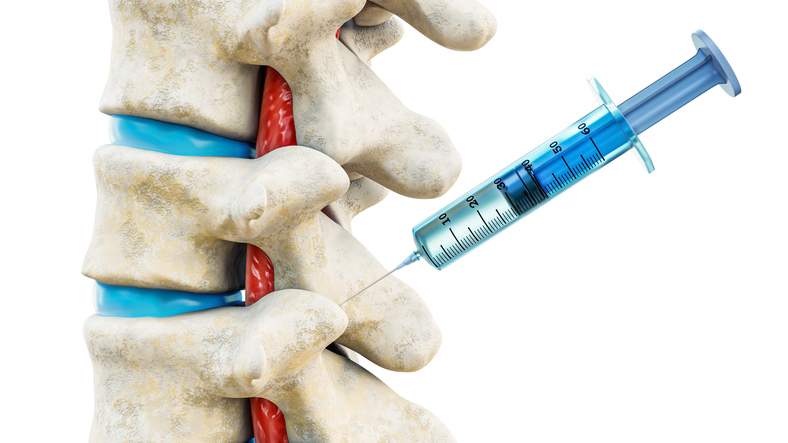Treatments
Risks and Benefits of Facet Joint Injections

What are facet joints?
Facet joints are small joints situated between each vertebra of the spine. The back of each spinal segment contains a pair of facet joints. These joints help support the spine and allow for range of motion. Common causes of pain related to the facet joints include arthritis and back injuries.
What are facet joint injections?
During facet joint injections, a small amount of local anesthetic and steroid medication is injected into one or more facet joints. A local anesthetic provides immediate pain relief, while a steroid medication reduces inflammation and provides long-lasting pain relief. In addition to managing pain, facet joint injections can aid in the diagnostic process. If pain relief occurs, the cause and specific location of the pain can be confirmed.
Risks
As with any medical procedure, certain risks are involved. Potential risk and complications from the injection include, but are not limited to, the following:
- Swelling
- Temporary increase of back or neck pain
- Pain around the injection site
- Infection
- Numbness
- Allergic reaction to contrast or dye
- Nerve damage
- Excessive bleeding and bruising
- Vasovagal reaction (dizziness, nausea, flushing)
- Spinal cord injury or paralysis
- Can only be repeated three times per year
- Temporary relief (between three and six months)
Steroid medication
Steroids, also called corticosteroids, are typically used in facet joint injections. It is an anti-inflammatory medication, which can reduce inflammation and immune system activity. Steroids come with their own risks and benefits. Be sure to discuss this with a health care professional prior to receiving a facet joint injection.
Benefits
Facet joint injections may be beneficial for various reasons. This includes, but is not limited to, the following:
- Pain relief
- Fast-acting (less than 30 minutes)
- Outpatient procedure
- Can return to regular activity the next day
- Minimally invasive
- Low risk of complications


















